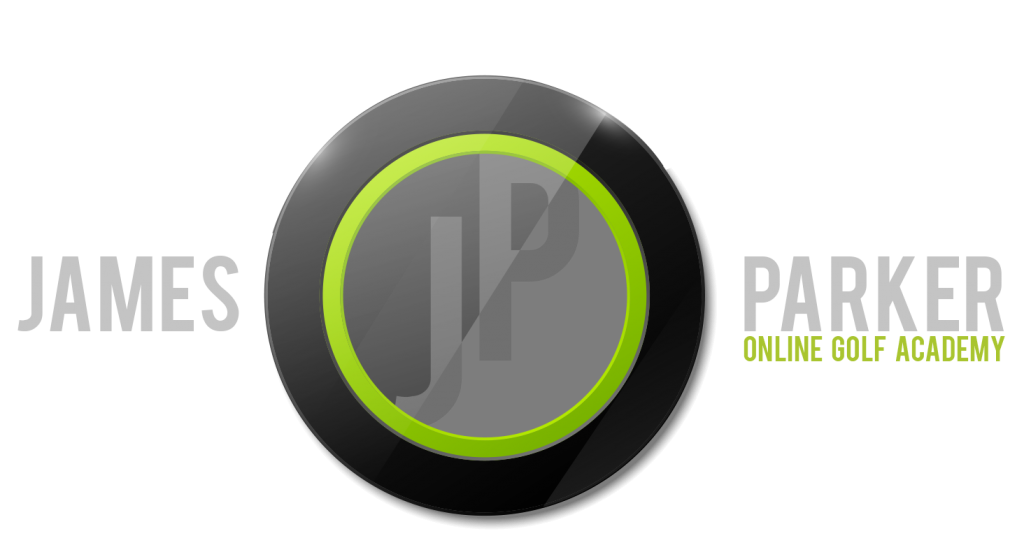Understanding educated hands is acknowledging that they are the boss of the golf swing. In a word they are what we use to play great golf.
Our hands are responsible for shaping and controlling the ball and you have no chance of playing the game well without educating them properly.
Both hands have a very specific role to play.
Our left hand (and wrist) is mainly responsible for our club face control as it guides the club face through its necessary motions and positions in the swing.
The left wrist cocks and uncocks in conjunction with the right arm bending and straightening, which provides a power source in the swing.
Another role our left hand and wrist play is linking our left arm to the club forming a straight line. Understanding this is important as we want to view this straight line from the left shoulder to the low point as the radius of the swing. In geometry, a radius is a straight line from the center of a circle to the perimeter.
Our right wrist and hand controls the club head a little more during the swing and it’s primary job is to remain bent from the start of the downswing to a follow through position just past impact.
I say ‘start of the downswing’ because many great players drag the right hand back and don’t achieve a fully bent position until the start of the downswing when the change of direction forces the lag pressure to occur. The hands lead the club head going back and lead it coming down and through.
Also, at setup our right wrist can be bent or flat depending on how much you want to lean the shaft forward.
Educating our hands at impact

A flat left wrist facing the target at impact
What isn’t so flexible however is where our hands need to be at impact. Both hands should be under the left shoulder, and they have rotated from the initial downswing movement so that the left wrist is now facing the target. The left wrist starts rotating when the hands get down to a point opposite the right thigh.
The first pad on the right hand trigger finger feels the club come down on plane and the pressure felt in this part of the hand is constant from the start of the downswing to the finish.
As the club changes direction at the top the weight of the club head resists the change of direction. This stresses or bends the shaft. When the shaft is stressed like this it puts pressure in the first pad of the right index (trigger) finger (my apologies to all lefties, but you’re normally good at understanding and using the opposite hand).
When you feel this stress, the job of the first pad of the trigger finger is to maintain this stress all the way down to follow through. This ‘lag’ is what causes the shaft to stress. This is why when you slow a good players swing down you can observe a bent shaft on the downswing.
The idea is to feel a heavy club head and a feeling of dragging or pulling the club head down past impact to follow through.
Here’s how to visualize a good downswing controlled by the hands. imagine swinging in a swimming pool which is up to about waist height. From setup, move the club back just a couple of feet and then swing to a follow through position just past impact. You’ll soon understand what lag pressure is and how it feels in the trigger finger of your right hand.
Now what essentially thrusts your hands down and on plane is the turning of the upper body torso, and this is turned by the hips and midsection. This is why the correct kinematic sequence is needed to produce the downswing move.
I’ve been playing this game for 27 years now I can honestly say most golfers are simply unaware of where their hands should be at impact. This is the most important position of all and is what should be learned first.
I’d highly recommend spending much of your practice time training and educating your hands around your pivot and arm positions and movements. Not only will training your hands help you consistently hit good shots, but your slices and hooks will start to disappear. They’re like that extra insurance we need to be confident about what we’re doing and help compensate for other bad moves and positions in the swing.
Sincerely,

James Parker, PGA
Professional Golfer, JamesParkerGolf.com



Leave A Comment